On this website, we discuss home audio & video, personal audio, home theater, and home automation and speak with some of the movers and shakers in the music and HiFi industry.
Today, I share my impressions of theAudio Research Corporation I/50 integrated tube amplifier.
This article will focus on the build quality, design, and some of my sound impressions about the I/50 paired with my reference full-range Sonus Faber Olypmica Nova V’s and several other headphones.
The I/50 integrated tube amplifier is the first product in an all-new series of products from Audio Research. It would be considered an entry-level product for them. However, the design, build quality, attention to detail, quality of sound, and features are far from entry-level!
Build Quality & Design
The I/50 is 16.5” wide, 7.25” tall, and 13.5” deep, weighing 40lbs. Each amplifier is hand-crafted in Minnesota with the same level of care and quality that goes into all Audio Research products, including every I/50 amplifier getting a listening test with the legendary Warren Gehl before the product is shipped to its forever home.
If you like choosing colors based on your style or room aesthetic, the I/50 is your huckleberry (*B-roll of Doc Holiday I am your huckleberry if possible*)!
The i/50 is available in six colors Natural, as pictured in this article, which is a light grey color, Red, Black, Gold, White, and Blue.
What is remarkable about the finish of the I/50 is that it isn’t just painted but is finished with Cerakote, which is a highly durable, long-lasting finish. It is such a durable finish that many custom firearms makers use Cerakote to finish firearms due to its legendary durability. All the finishing is done in-house, a first for Audio Research.
The design of the I/50 is Modular, which means that you can opt to have two audio modules installed with the I/50, a Phono stage, and a Digital-Analog Converter based around one of the new AKM chips, which should be available sometime in 2022.
I opted for the phono module in my I/50 as I love to spin vinyl. The Phono module provides 42 dB of gain for use with moving magnets and high-output moving coil cartridges. When installed, the phono module replaces the single-ended input, and PH will be displayed on the LexieTubes in place of S1 when selected.
The high current design of the I/50 utilizes a push-pull configuration that uses hefty power transformers that are custom designed. The I/50 provides 50 watts continuous from 20Hz to 20 kHz. Per-channel out of its 8-ohm or 4-ohm speaker taps. THD measures typically 1% per channel below .1% at 1 watt.
The three controls on the top panel of the I/50 are for power, input selection, and volume control. Sporting two LexieTubes which provide display info for input selection and volume, the I/50 has a modern and high-quality functional feel that many tube amps in this price range don’t have.
The controls feel lightweight to turn but highly responsive; the unit has a short start-up time and mutes the output automatically on startup. A quick push of the mute button on the excellent included metal remote or push of the volume knob on the I/50 amplifier, and the amplifier is ready to go!
On the top plate of the amplifier, you will also find a ¼” headphone output for personal listening. According to Audio Research, the headphone output is 67ohms and has a small (discrete) bipolar transistor output stage.
The I/50 at the time of this article uses two matched pairs of Sovtek 6550WE tubes for the amplification output stage that provide higher gain and a slight bump in the midrange, along with three 6922 Electro Harmonix tubes for the input and driver stages. The included tubes have gone through a 48-hour burn-in process at Audio Research; then, they go into a custom-made tube tester to make sure they meet expectations. They are then put into matched sets for the best reliability and easy replacement of a single tube if one goes bad. An optional tube cage will be available soon from Audio Research.
I reached out to Audio Research as a few of you had questions about tube rolling with the I/50. They let me know that different brands of 6922’s or 6DJ8 types can be rolled for the small-signal tubes. Other brands of 6550s could be used for the output stage as well. KT88s could also be used; however, in their experience, they don’t sound as good with the I/50.
If different power output tubes are substituted, the amp will need to be re-biased through your local dealer. ARC amps tend to be optimized around particular tubes to avoid otherwise inevitable sonic compromises.
On the backside of the I/50 you have the Phono input module. If you choose this optional upgrade, the Single-ended inputs 2 and 3 with SE3 also being a pass-through, you have a set of balanced three-pin XLR inputs. You then have the IEC Power Connector, Speaker connectors 4 and 8 ohms, and the Digital Analog Converter Module area.
My Sound Impressions
I want to tell you about my room a bit, so you get an idea of the size, shape, and proper treatment of the room.
My room is about 14ft wide and about 21ft deep, with my listening position set at about 9ft from my speakers. I have several bass traps placed strategically throughout the room and first reflection points and rear reflection points are treated with a thick carpet placed directly in front of my listening position and speakers.
With 50 watts per channel, the I/50 gives me plenty of volume with my speakers, which I recently upgraded to the Sonus faber Olympica Nova V’s.
Depending on the track, I generally listen between 15-35 clicks or around 60-85 dB on the volume control. So, for larger rooms or for individuals who like to play their music very loud, you still should have some headroom depending on the efficiency of your speakers.
As for the headphone tap on the top of the amplifier, in my experience, I recommend efficient to moderately efficient headphones that don’t have significant power demands for the best audible performance. So, I would rule out the Susvara, Abyss, and the HE6, at least for my preferences and listening levels.
Brave individuals who have harder-to-drive headphones could also look at purchasing an adapter and running directly off the back of the amp, but that isn’t something I tried for this article. You must be very careful in order not to damage your headphones if you attempt this.
According to Audio Research, there are no tubes in the headphone circuit. The power will vary with headphone impedance; however, we are still waiting for an official answer from ARC on the exact power output in watts for the headphone amplifier.
With all the headphones I listened to, I was between 25-35 on the Lexie Tubes for volume, except the HEDD from HEDD audio, I was around 40 for the volume as the HEDD are the least efficient. The amplifier goes up to 45, so I still had headroom with all the headphones I tried.
Until we get an official answer on the power rating of the headphone amplifier, I will just let you know some brief sound impressions with several headphones. When headphones are connected, all outputs to the speakers are muted even though the amplifier section of the I/50 remains on when headphones are used.
Starting first with the Audeze LCD-5, listening to Super Tramp the logical song. I very much enjoyed this combination even though it may not be quite as tight and defined as I have heard from other amplifiers; the I/50 does help to relax the signature a bit of the LCD-5, making them sound a bit less analytical with a touch of warmth in the midrange. I would still say they sound neutral, but I hear much less upper midrange bite when compared to the MHA200 and some of the other amps I have in the house.
 Next, I tried the Meze Elite with Hybrid pads with the I/50, and again I enjoyed this combo. Compared to the MHA200, the I/50 sounds more relaxed, allowing me to melt into my stressless chair while listening to Money for nothing from Dire Straits. The exact opposite was the case with MHA200, which sounds more dynamic and exciting, pushing me forward in my seat and causing me to tap my foot and nod my head. Both are very enjoyable, and as in all things in audio, this will come down to preference.
Next, I tried the Meze Elite with Hybrid pads with the I/50, and again I enjoyed this combo. Compared to the MHA200, the I/50 sounds more relaxed, allowing me to melt into my stressless chair while listening to Money for nothing from Dire Straits. The exact opposite was the case with MHA200, which sounds more dynamic and exciting, pushing me forward in my seat and causing me to tap my foot and nod my head. Both are very enjoyable, and as in all things in audio, this will come down to preference.
Listening next to the HEDDphone from HEDD audio, the I/50 needs to come up in volume to around 40 on the display due to the more demanding HEDD design. Again, the I/50 presents a smooth, enjoyable listen with no noticeable issues with this track to my ears listening to Melody Gardot’s “Morning Sun” live in Paris.
Listening to the same track with the MHA200 with Amprex input tubes, the cymbals move forward in the mix, having more energy and definition. The drums have a bit more pop to them, making the MHA200 a bit more exciting, with the I/50 sounding a bit more relaxed. Two different flavors with the HEDD that sound very pleasing with this genre of music and artist. Melody’s vocals sound beautiful on both amplifiers.
Listening to Kitaro, Orochi with the Focal Stellia, the I/50 presents excellent detail and tone. The Stellia is a dynamic-sounding headphone with a terrific punch, and the I/50 displays this characteristic with the Stellia very well. The Synths on this track sound excellent, along with the guitar, and the entire Skywalker Symphony Orchestra.
Listening to the MHA200 on this track and some of the wind instruments and synths have a brighter tone to them, again the MHA200 seems to have a more energetic upper midrange with an overall more dynamic sound compared to the smoother and a touch warmer sound of the I/50.
Listening next to the Clear MG from Focal and Snarky Puppy “Lingus”, and right out of the gate, the pairing sounds very dynamic and open, with plenty of weight in the bass regions. Cymbals have plenty of energy and definition; the electric guitar has good bite without sounding overdone or shrill. There is a good sense of speed from the drums and percussion instruments. Switching to the MHA200 and the trumpets come across as a bit brighter sounding as well as MHA200 presenting a bit more micro-detail on this track, sounding more defined overall.
Listening to the Sennheiser HD800s and “A Place” from Nils Frahm, the synths and effects are highly defined, with a fantastic well-defined sound stage and excellent imaging. The choir’s vocals on this track sound so ethereal. The timbre of the viola and cello sound lovely. What is missing is bass; the I/50’s headphone amp isn’t going to be warm enough in the bass regions, in my opinion, to help the HD800s with their anemic bass.
What the I/50 does do for the HD800s is compliment their sound stage beautifully and smooths the upper midrange and treble regions a bit. Pairing the HD800s with the MHA200 and the soundstage sounds more holographic thanks to the tubes while also presenting more energy in the upper midrange. For those of you looking to warm up the sound signature of the HD800s significantly, neither amp will go the distance in that regard; however, both are very enjoyable.
Ok, so let’s get into how the I/50 sounds with speakers streaming hi-res music through Roon and spinning vinyl on my reference turntable, the Marantz TT 15S1. While I thoroughly enjoyed the I/50 with headphones and was initially most impressed with how good the sound stage sounds and how black the background is, the I/50 is even more impressive when it comes to speakers.
The I/50 creates an exceptionally holographic, wide, tall, and deep soundstage paired with the Nova V’s. The center image is placed perfectly, imaging vocals, instruments, and sound effects exceptionally well, living up to the High-Definition sound Audio Research is famous for.
Bass is exceptionally well controlled. Compared to my old reference speaker amplification and preamplification system, the I/50’s quality of the bass is far superior, defining all the information in the lower and mid-bass regions with much more control and detail.
This is almost hard to believe as I listen to some of my favorite music, considering my old reference system is class A solid-state. Yet, that old system doesn’t sound like it presents the same level of current that the I/50 possesses, which allows the full-range Nova V’s to perform far better. So much so that I am selling my entire old reference speaker monoblocks and preamp.
A pair of REL subs will do the trick for bass lovers looking to squeeze more juice out of the bass regions. Honestly, though, they are not necessary for most music, in my opinion, with the I/50 and Nova V’s. Primarily I enjoyed adding the stereo REL T/9x’s into the mix with electronica and some pop or R&B from artists like The Weekend.
The I/50 in the midrange is highly detailed and open sounding without presenting too much upper midrange energy, with the Sonus Faber's creating such a pleasing listen. Vocals have beautiful timbre and decay. Melody Gardot is just mesmerizing with this pairing! Strings are spectacularly well-defined, fast, and natural sounding.
Strings from the guitar have excellent timbre, and the overall tone of the pairing is accurate while never sounding bright or shrill. I am continuously impressed by this pairing, as on paper
Sonus Faber recommends a minimum of 60 watts per channel for the Nova V’s. The I/50 being only 50 watts per channel is truly living up to the nickname “The Little Powerhouse” that Brandon from ARC gave it on our pre-recorded Q/A that will directly follow my impressions.
The Treble of the I/50 paired with the Nova’s is well extended, airy, spacious, and has just the right amount of shimmer and sparkle that never sounds bright or harsh. Synths, cymbals, trumpets, saxophones, and violins sound spectacular and tonally accurate.
As far as the level of punch or dynamic slam of the I/50 with the Nova V’s, it doesn’t possess an overly punchy sound, but it also is not underwhelming when it comes to slam. For more dynamic-sounding music, I enjoy mixing in the REL T9/x’s and setting the crossover appropriately to give the overall sound a bit more midrange punch.
As far as the phono module of the I/50, I am delighted with the performance and synergy with my Marantz table. It adds a bit of warmth in the midrange to my ears and avoids the digital sound that even a high-quality DAC provides, reminding me why I still love to spin vinyl.
Conclusion
To conclude my impressions of the Audio Research I/50 vacuum tube integrated amplifier, I feel it is a tremendous value at its asking price with superior sound, build quality and attention to detail. Many other manufacturers are charging almost double the price for a similar quality amplifier that is handmade and made in the USA. Is it perfect? No product ever is, but if you are primarily a speaker user, it gets damn close to its asking price.
Even though I think the headphone output sounds very good with excellent detail, superb soundstage accuracy, and an easy-going signature that is not fatiguing, I still would have liked to see tubes in the headphone circuit and more power to be more universally usable with harder-to-drive headphones.
If you are primarily a headphone user and don’t use speakers much, the I/50 is still a speaker amplifier first and foremost, with a very good-sounding headphone amplifier added for convenience and personal listening.
I highly recommend you get out to your local Audio Research dealer to listen to the I/50 to see if it is a good fit. I am extremely excited to see what new entry-level products are coming from
Until next time friends, always remember, let the music be your guide!

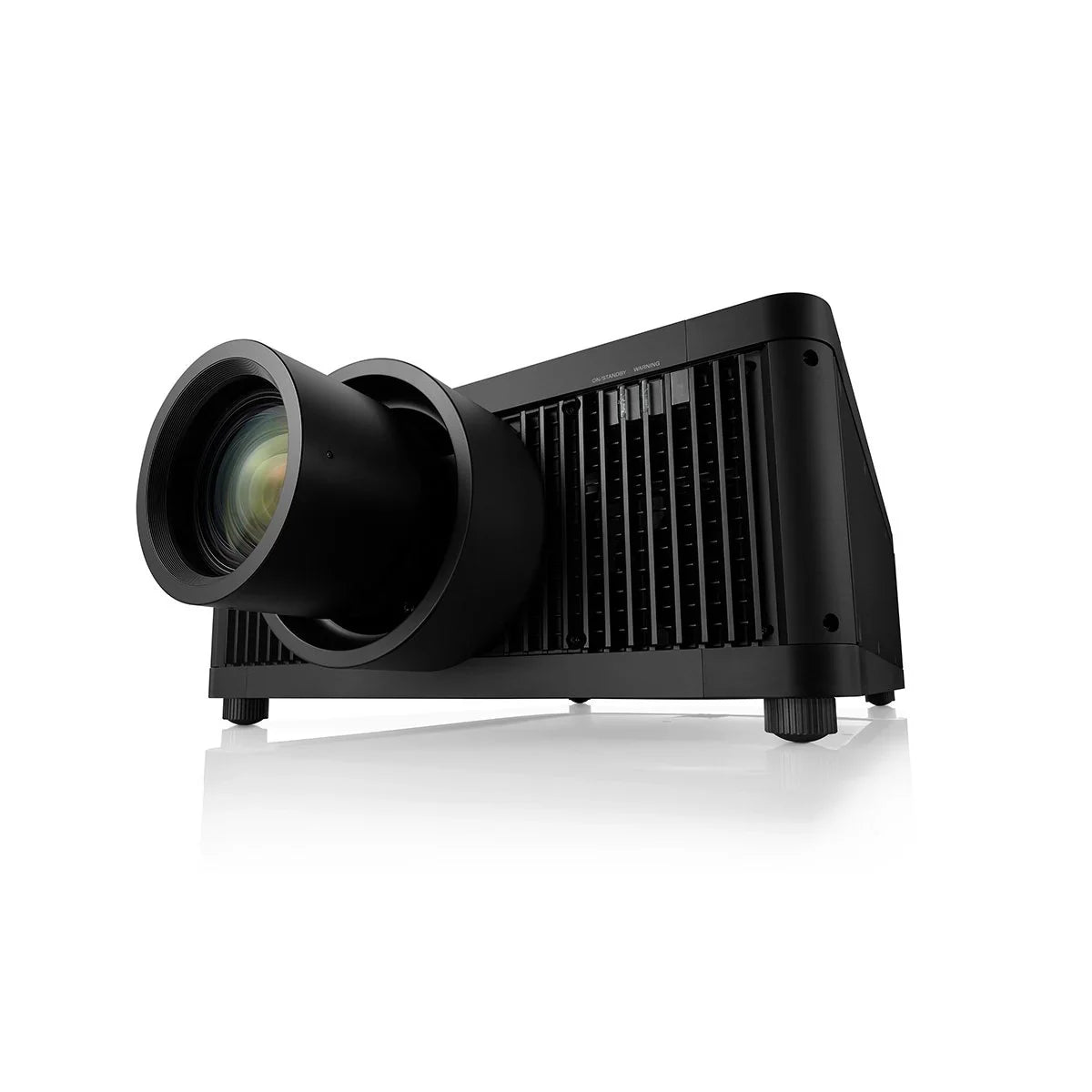
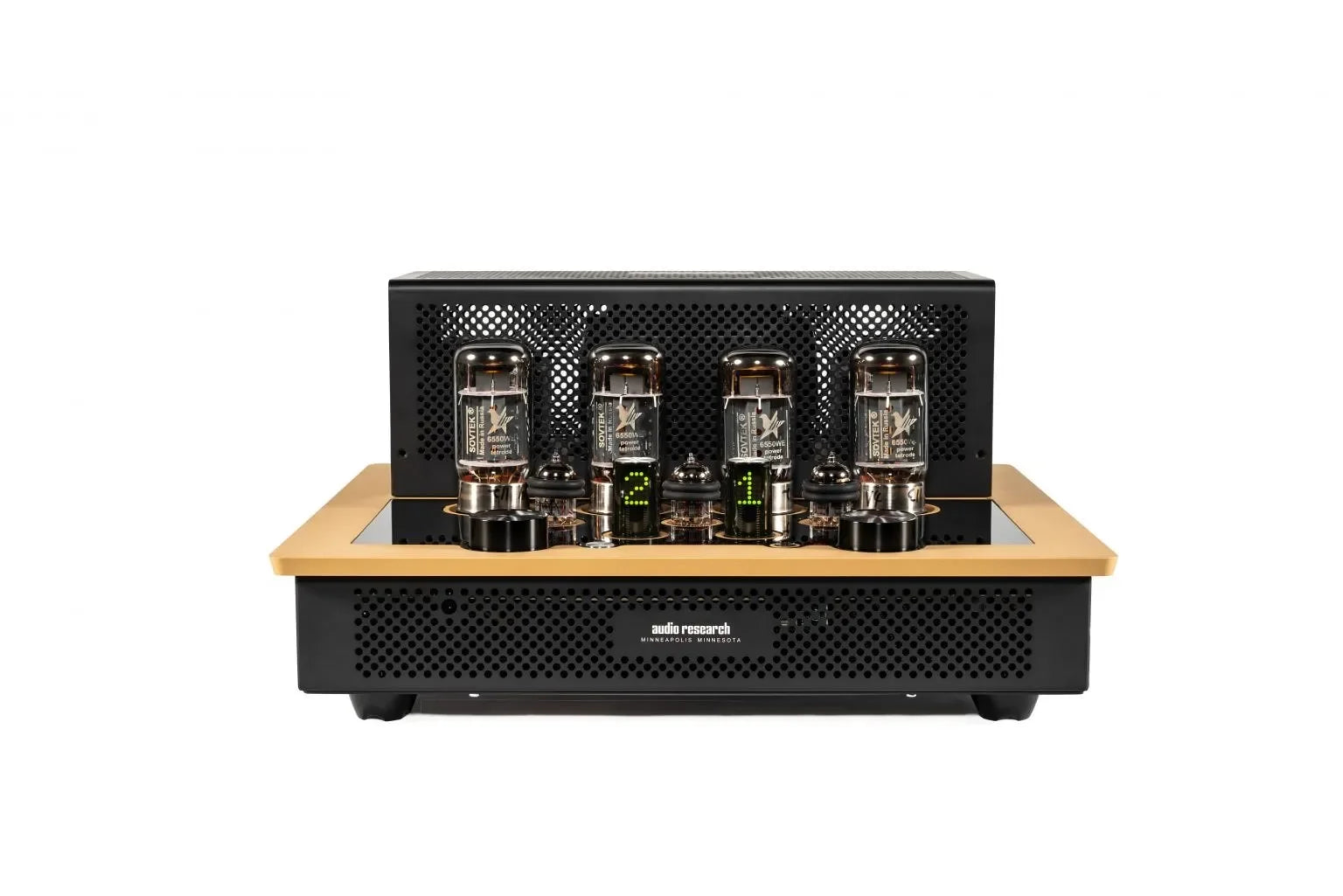

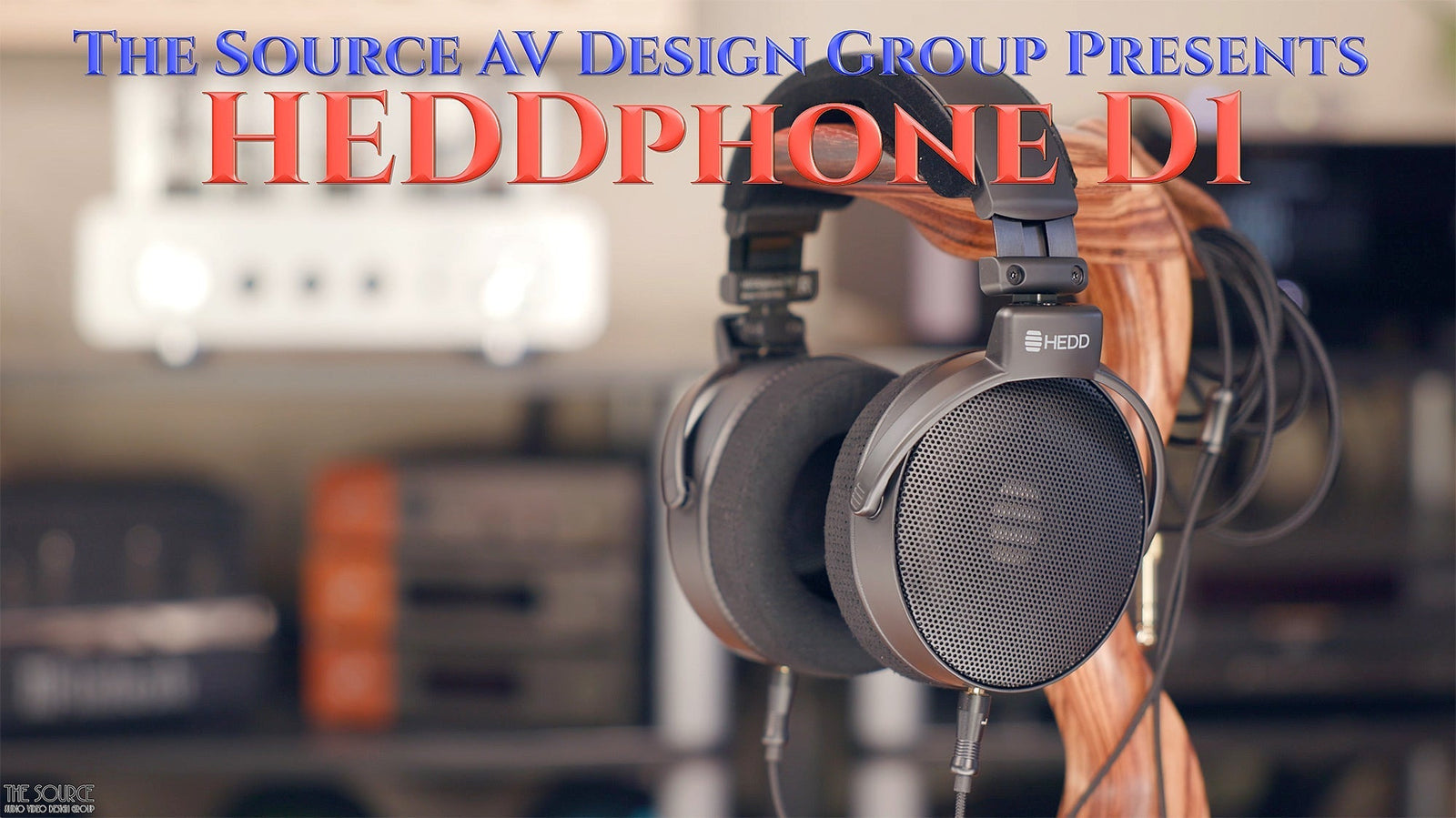
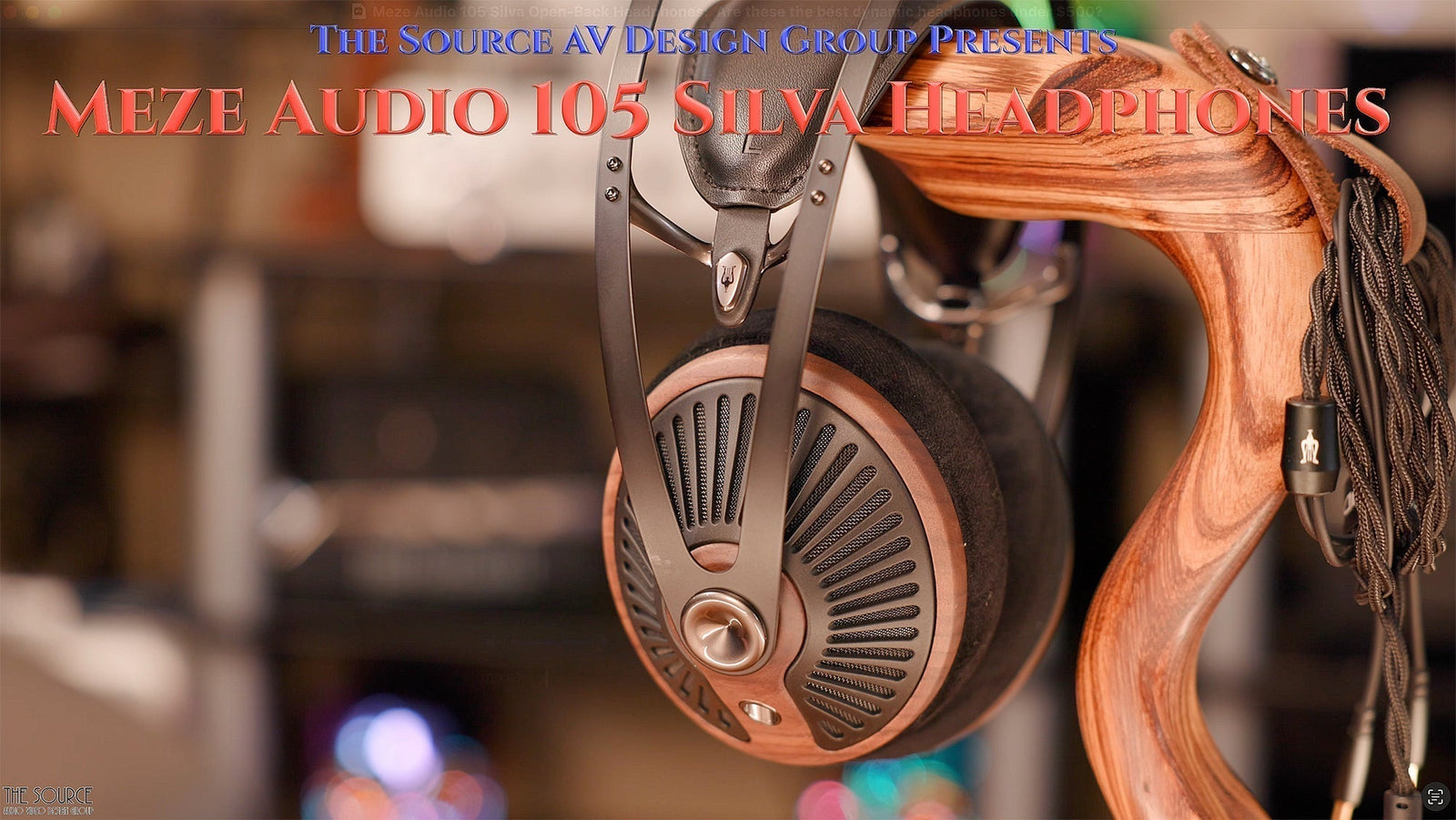
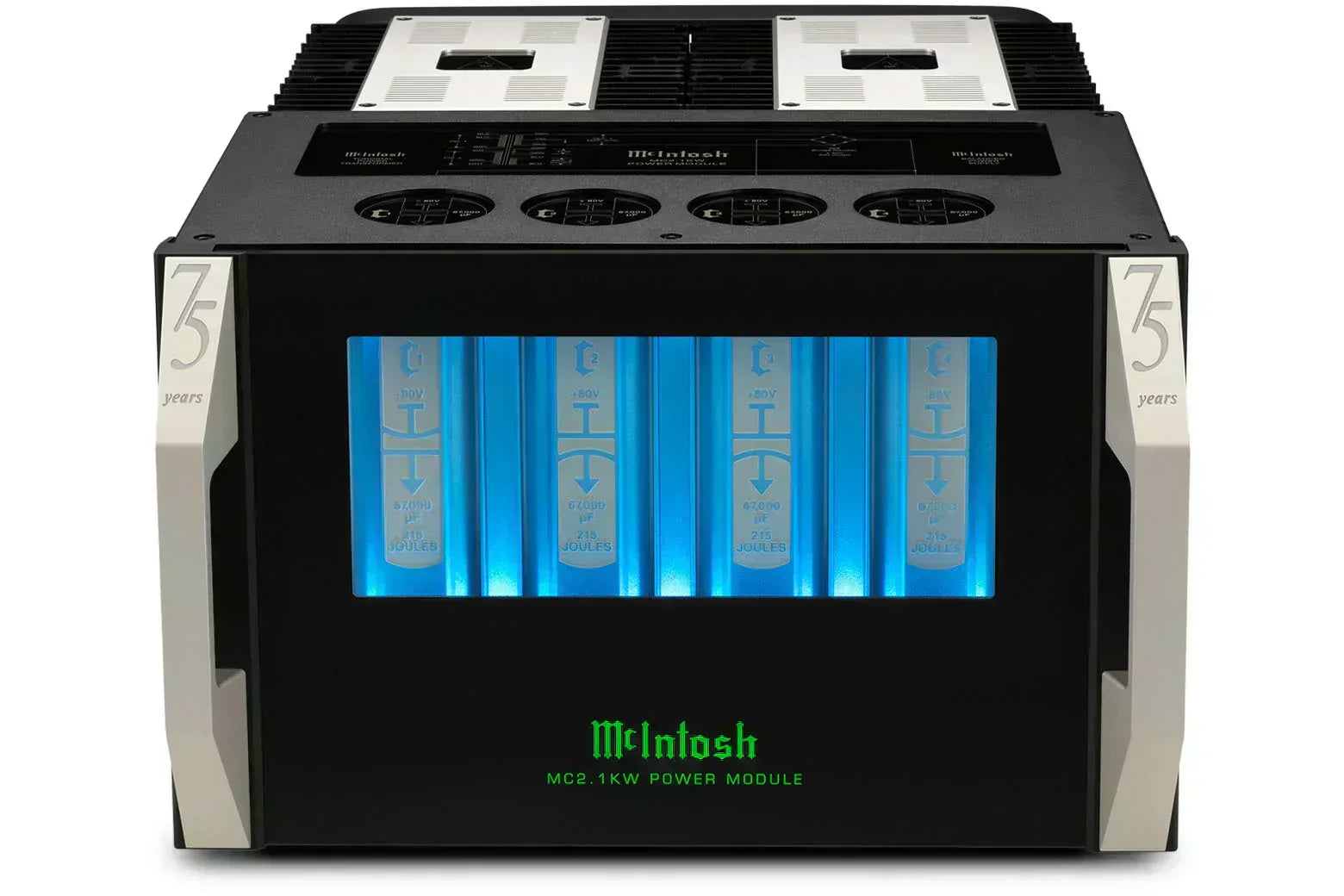
Leave a comment (all fields required)